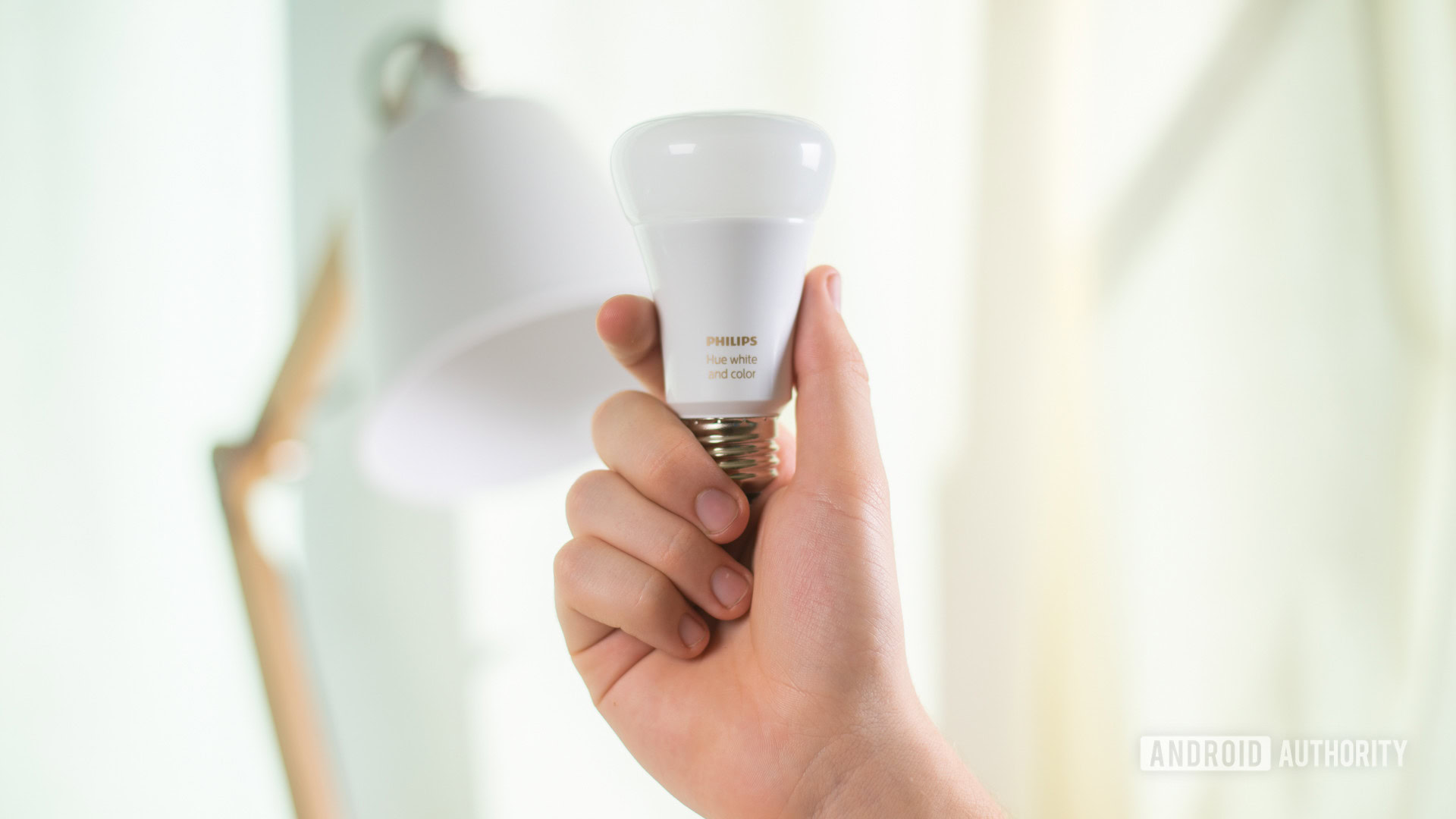The beginner’s guide to smart light bulbs
Edgar Cervantes / Android Authority
If you’re thinking about turning your house or apartment into a smart home, one of the first upgrades you’re probably considering is smart light bulbs. They’re relatively cheap, yet they can have an outsized impact on the appearance and convenience of your surroundings. Here’s what you need to know before getting into smart bulbs, as well as the top brands you should be shopping from.
Why should I consider a smart bulb?
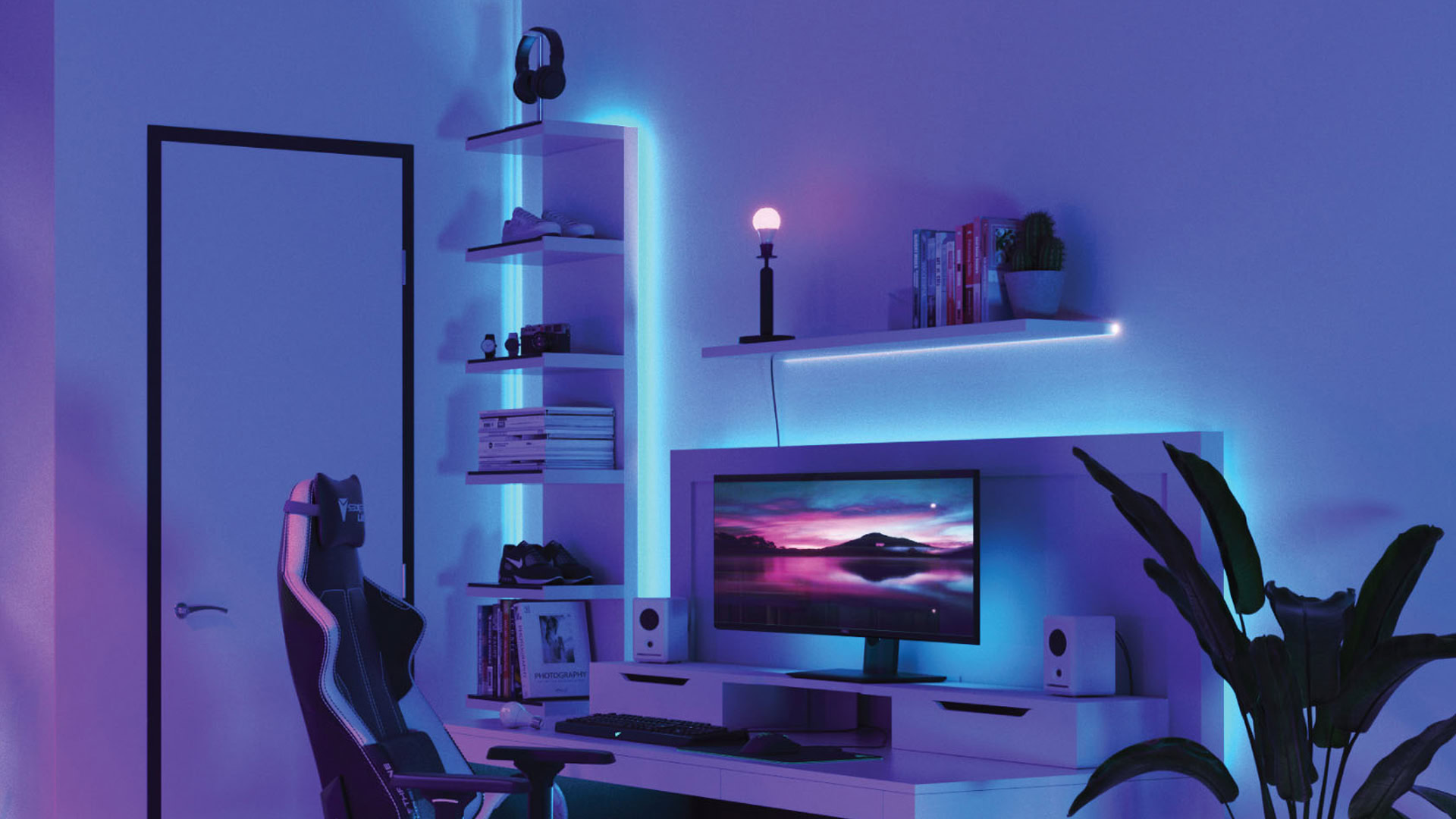
It might sound superficial, but one of the chief reasons people get smart light bulbs is effects. Even if they support dimming, conventional bulbs are usually stuck on a single shade of white, which is practical but not very exciting. Many smart bulbs are color-changing, which can alter the mood of a space dramatically. Some of them can additionally sync with the content on TVs, speakers, and/or computers. If you do get white bulbs, that can enable dimming where you didn’t have it before.
Equally or even more important is convenience. At a minimum, you can expect in-home controls via a phone app. More frequently though, smart bulbs allow phone control from anywhere via the internet, and voice controls on smart speakers and displays. If you link with platforms like Amazon Alexa, Apple HomeKit, or Google Assistant, you can incorporate lights into complex automations based on the time of day and other triggers. It’s common to have bedroom lights fade in via a sunrise routine, for example, or your kitchen and living room lights switch on your return home.
See also: The best smart displays from Google, Amazon, and others
Related to this is security. Automation means you can have lights turn on and off on a schedule, creating the illusion of occupancy even when you’re in another country. Even better is having lights triggered by sensors or security cameras, which will at least illuminate intruders if it doesn’t scare them off. You may need some form of platform-compatible Wi-Fi hub (not to be confused with a router) to ensure automations run both with and without internet access.
Finally, if you automate things correctly, smart light bulbs can save money. Let’s be clear — they’re more expensive upfront, especially if you factor in things like a hub and a smart speaker. But if they’re shutting off earlier or operating at a lower brightness, it’s inevitably going to reduce your power bill. That’s especially true if you tend to forget your lights when you’re headed out.
How do smart light bulbs work?
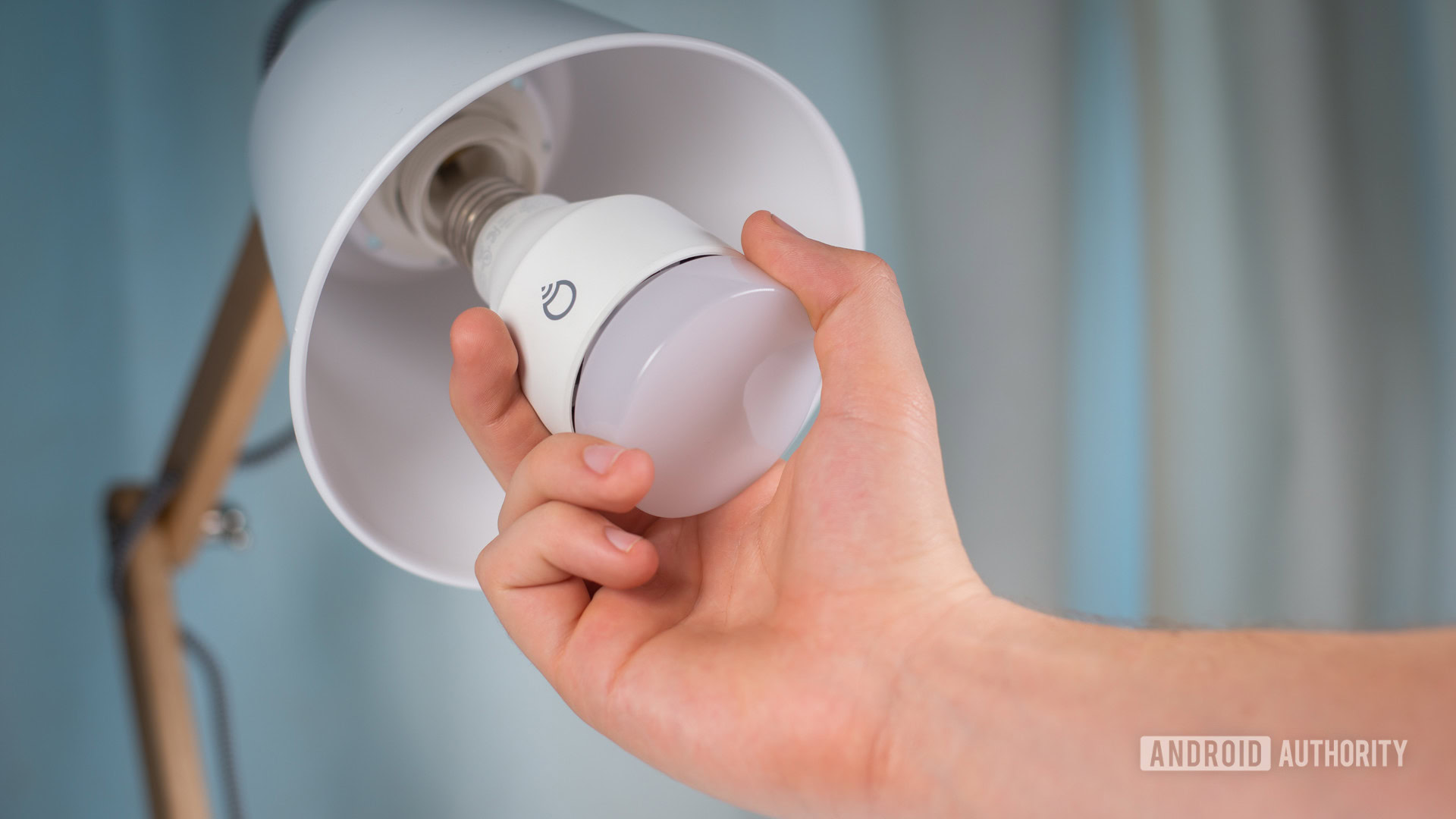
Smart bulbs are similar to conventional LED bulbs, just with the addition of Wi-Fi, Bluetooth, Thread, and/or Zigbee or Z-Wave radios. There may also be one or more processors on board, but nothing like the ones in your phone or PC. They’re only powerful enough to manage instructions and any encryption.
To install a smart bulb, you typically screw it into a socket, turn on the appropriate switch, and finish setup in a phone or tablet app. This includes naming the bulb, assigning it to a room, and linking it with any smart home platforms you might be using. In the case of a Lifx bulb, for instance, you’ll have to configure the appropriate Alexa skill if you want to control it with Echo speakers. Sometimes bulbs can be detected automatically, or you may be asked to scan a pairing code.
It’s worth noting that while most smart light bulbs are designed to fit E26/E27 sockets, you can usually find models to fit any socket type, such as E12 or GU10. The catch is that only the biggest companies are able to cover the complete gamut, so you may be forced to mix-and-match brands.
While you’ll probably be relying on automations, apps, and voice for running your lights, you can sometimes link bulbs with physical controllers like smart buttons and remotes. It’s best to avoid combining smart light bulbs with smart switches for the same fixtures, since this can cause chaos in terms of overlapping labels and control.
Check out: The best smart light switches
Considerations before buying a smart light bulb
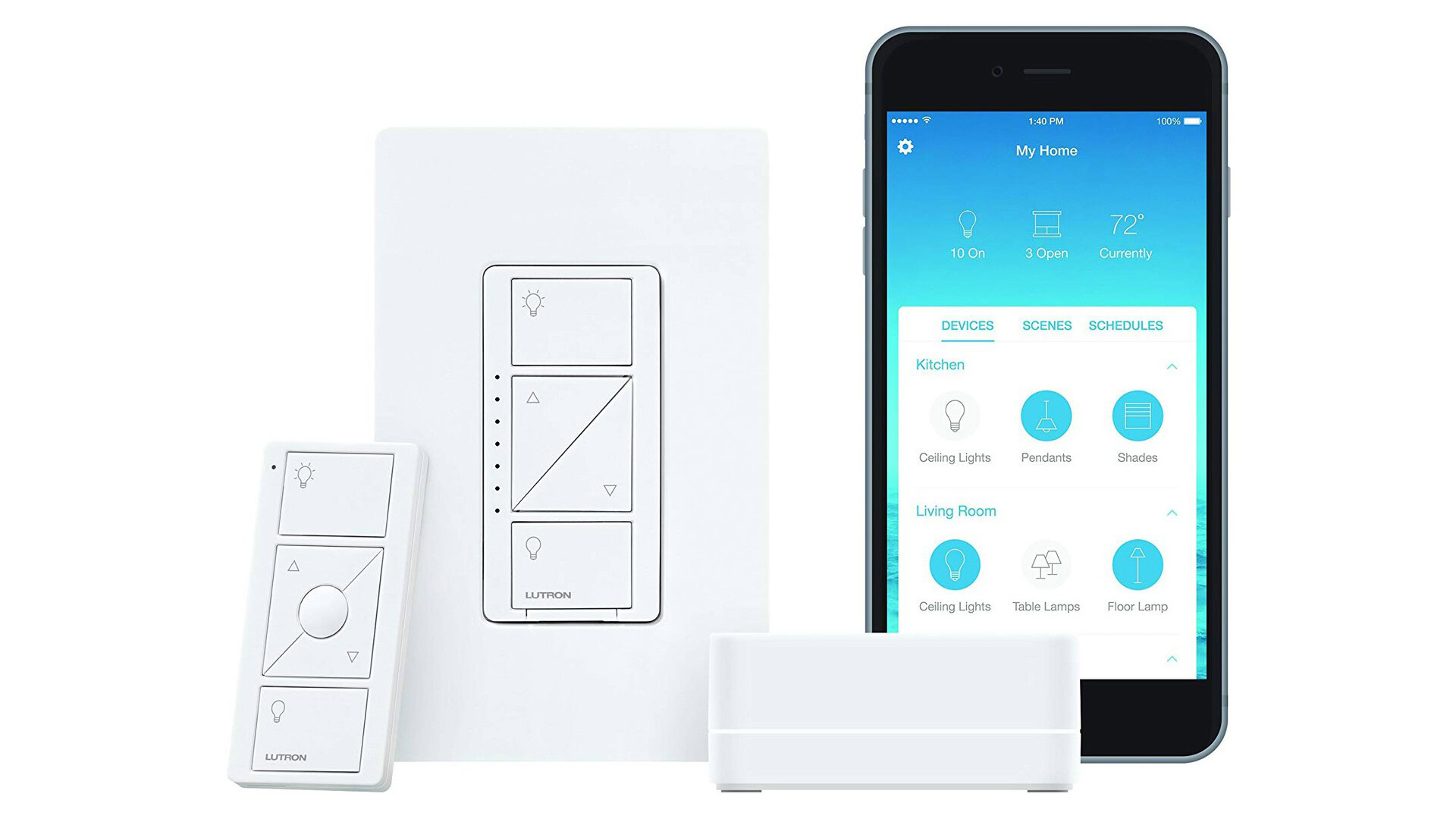
Speaking of which, one of the first questions to ask is whether smart switches might be a better alternative. These require a little electrical work, and you won’t get any special color effects, but they’re intuitive and prevent people from accidentally disabling your lights’ smart functions. If someone flips the switch on a smart bulb, it’s going to go dark both literally and figuratively.
It’s also worth considering smart lamps. These can merge the intuitive control of a switch with the featureset of a smart bulb, adding mobility as a bonus. The tradeoff is that they’re more expensive, and some rooms just aren’t well-served by lamps.
Read: The best smart lamps you can buy
Next is platform compatibility. Check that any bulbs you’re interested in support your preferred smart home platform, and preferably, multiple platforms. You might be all-in on Alexa at the moment, but if you later decide you’d rather be using Google or HomeKit, you’ll have to replace any Alexa-only products.
On the wireless front, avoid any Bluetooth-only bulbs, as these can only be controlled when you’re at home. Instead, the decision should be between bulbs with built-in Wi-Fi (as with Lifx) or those that connect to a Wi-Fi hub (as with Philips Hue). It’s often easier and cheaper to set up the former, but if you buy bulbs in bulk, there’s a risk of drop-outs caused by overloading your network, especially if you’re not using Wi-Fi 6. Hubs can also keep automations going when internet access drops out.
It’s often easier and cheaper to set up Wi-Fi bulbs, but if you buy in bulk, there’s a risk of drop-outs caused by overloading your network.
When shopping, make sure bulbs meet your wattage, socket type, and brightness requirements. Wattage should match what your socket is capable of. On the subject of brightness, you’ll want bulbs rated no less than 800 lumens unless they’re purely for accent lighting. If a bulb is going to be the lone light source in a room, it should top out at 1,000 lumens or more. Indeed people will sometimes combine multiple 1,000-lumen bulbs in a room anyway, simply because they find 800 models too dim. Remember also that every smart bulb drops below peak brightness when it’s displaying a non-white color.
The last thing we’ll say is that you should shop for bundles whenever you need more than one bulb. Lighting companies want you to spend big, naturally, so they’re often willing to discount bulk purchases, particularly if a lighting system requires a hub.
The best smart bulb brands
Philips Hue
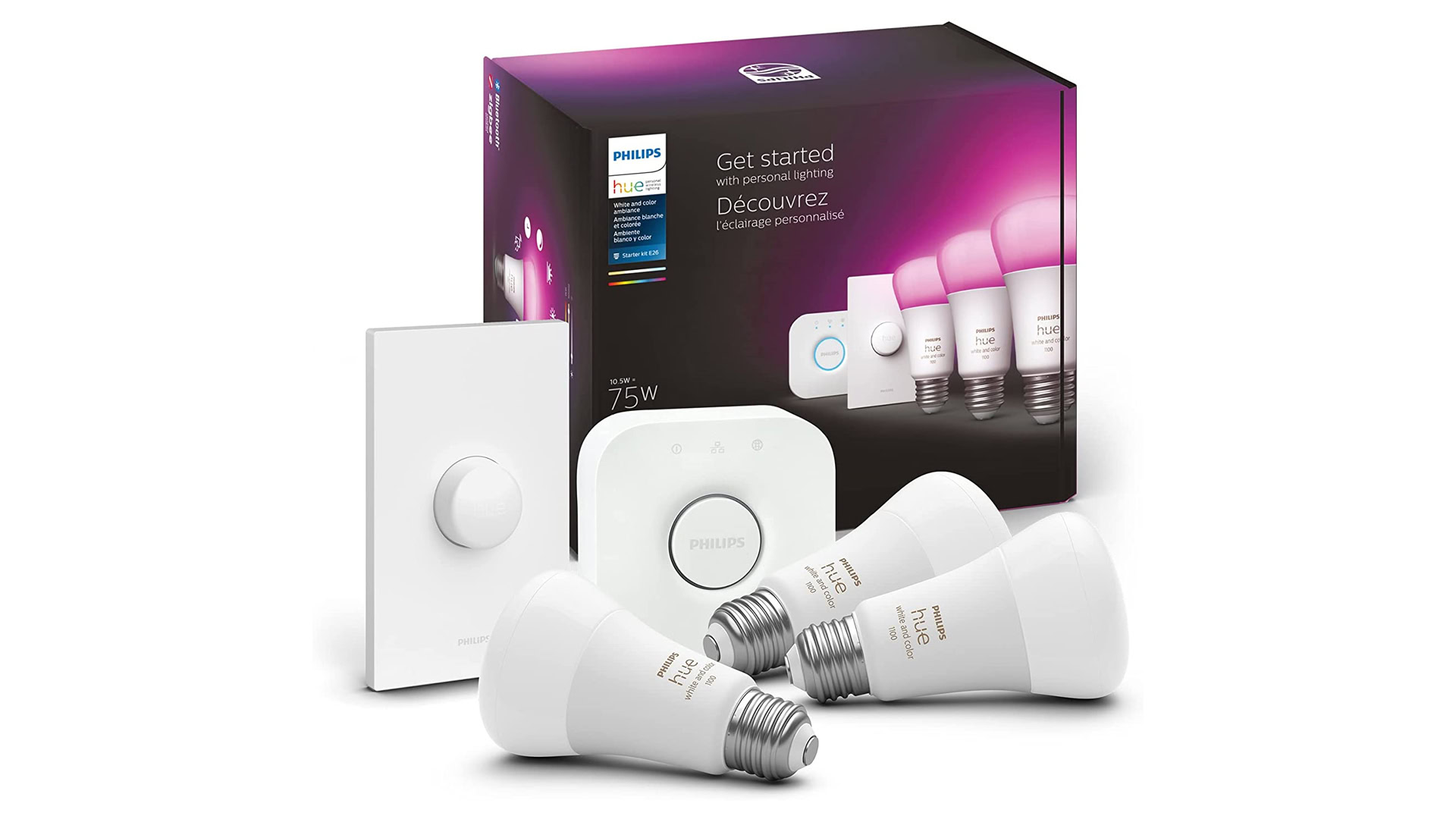
Hue products are often the go-to for smart light bulbs, and with good reason. Their quality is reliable, and Philips tends to offer the greatest range of bulb types, meaning that even people who shop other brands may be forced to buy a Hue bulb or two to meet their needs.
Most importantly, the Hue Smart Hub connects and automates up to 50 lights without burdening your Wi-Fi the way many bulbs do. The Hub additionally enables hooks for Alexa, HomeKit, Google Assistant, Samsung SmartThings, and even Google Nest, so you never have to worry about platform compatibility.
Here are a few Hue products we can recommend. Note that only Starter Kits bundle a Hub, but you can buy one separately if necessary. We should also explain that White Ambiance bulbs offer “shades” of white, from a cool blue tint to a warm orange one. They’re a middleground in Philips’ product line.
Lifx
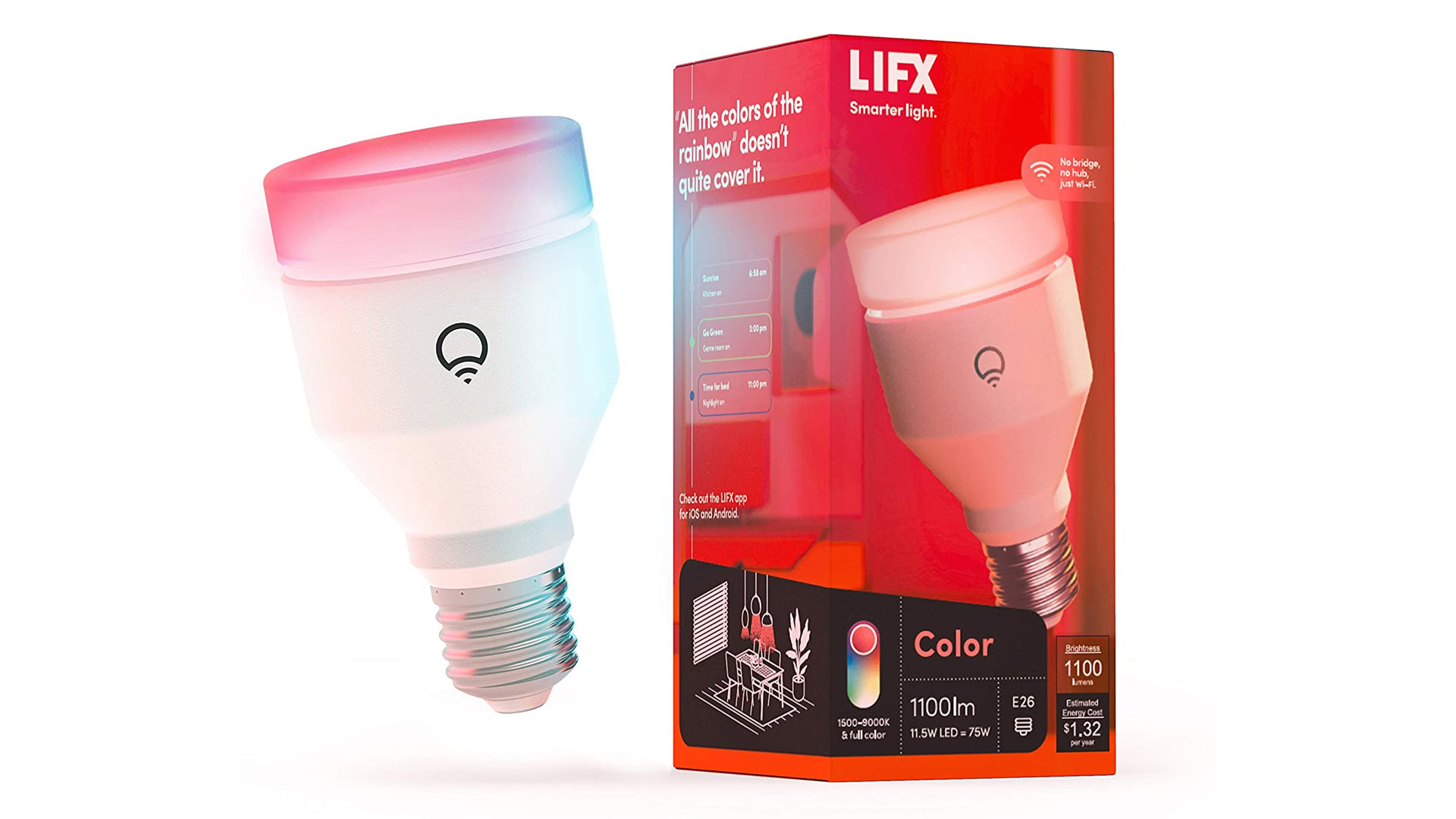
Lifx isn’t for everyone. While it’s often considered number two in the smart bulb industry, all of its products rely on built-in Wi-Fi. That eliminates the need for a hub, but carries the previously mentioned risks of oversaturating your router and/or automations failing to run when your internet access is down. These issues are commonplace (including the brands below), but worth mentioning.
If you can mitigate any problems, Lifx makes some excellent hardware. Its flagship color bulb puts out a whopping 1,100 lumens, and you can even get models that promise to clean bacteria or enhance the night vision on your security cameras. Thankfully, you can get less powerful white, color, or “day and dusk” models if you’re trying to save money. The brand as a whole supports Alexa, HomeKit, and Google Assistant.
Wyze
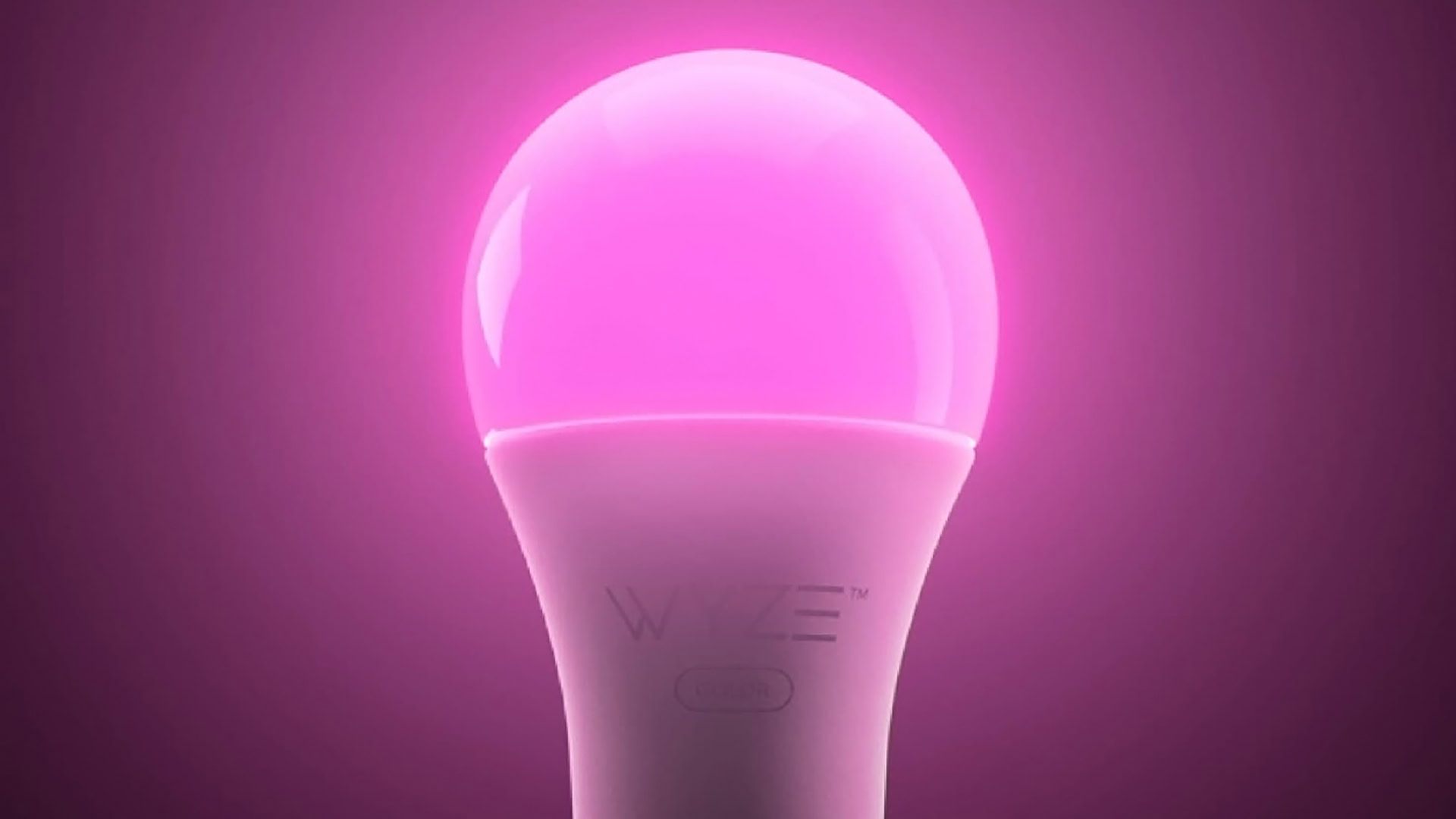
People tend to think of budget security cameras when they think of Wyze, but the company makes a huge assortment of other low-cost products, including bulbs. You can save a lot of cash with Wyze — a four-pack of its 1,100-lumen bulbs doesn’t cost much more than a single one from Lifx or Philips.
So why wouldn’t you go with Wyze for everything? Well, for starters, the company has been lax about dealing with camera-related security breaches, so you may not trust it. Wyze also only supports Alexa and Google Assistant, and Philips and Lifx tend to have better reputations for quality, not to mention a wider selection. Wyze Bulbs aren’t bad by any means, they’re just not top-flight.
Kasa
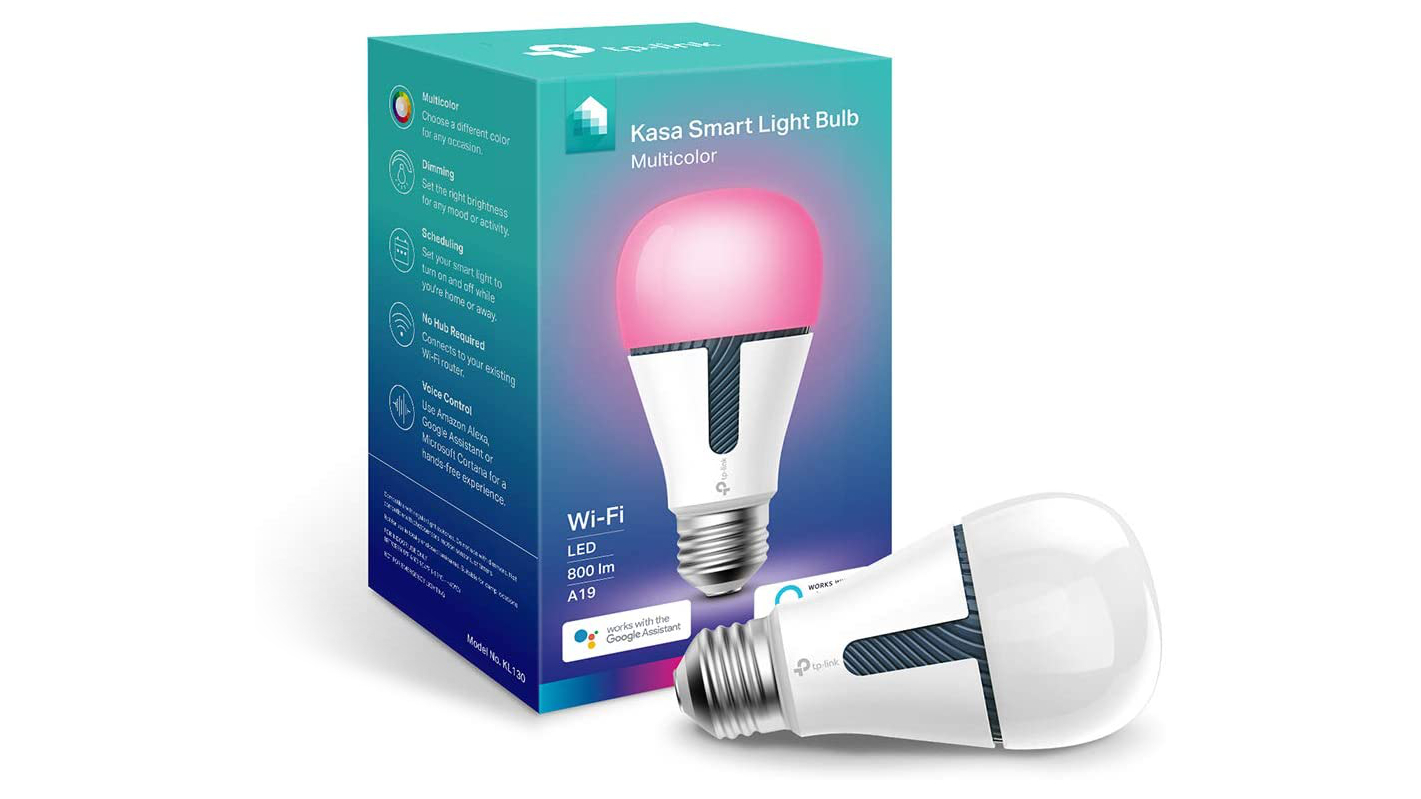
TP-Link’s Kasa is another budget brand, likewise supporting only Alexa and Google Assistant. On a purely functional level, there’s little reason to choose Kasa over Wyze, even if you might have fewer qualms about their security. The company’s brightest bulb tops out at 1,000 lumens, and unfortunately, you can’t get it in any bundles.
There are a few unique brand elements. Kasa sells antique-looking filament models that are cheaper than their Hue equivalents. Kasa also likes to call attention to the energy monitoring in its app, which might help pinpoint usage driving up your power bill.
Frequently asked questions
There’s no pat answer to this question, since it depends on quality control and technology, but Philips claims its current-generation bulbs can last up to 25 years. For smart bulbs in general, estimates range between 15 and 25 years.
Yes, as long as you haven’t shut them off with a switch. They need a base amount of energy to respond to commands. That said, standby consumption is incredibly low, so you’d need dozens of bulbs to notice even a small impact on your power bill.
Yes. Just check that a bulb matches wattage and socket specifications, and leave a lamp’s switch on once the bulb is installed.
Every smart bulb uses LED. It’s not only the most cost- and power-efficient technology at the moment, but what allows color-changing bulbs to work their magic.
Yes, and sometimes you may have to if your preferred brand doesn’t support a particular socket type. The catch here is that you’ll want to turn to a platform like Alexa, HomeKit, or Google Assistant to unify control as much as possible, only using brand-specific apps to control proprietary features (like Hue’s gradual wake-up and sleep automations).
For all the latest Technology News Click Here
For the latest news and updates, follow us on Google News.

